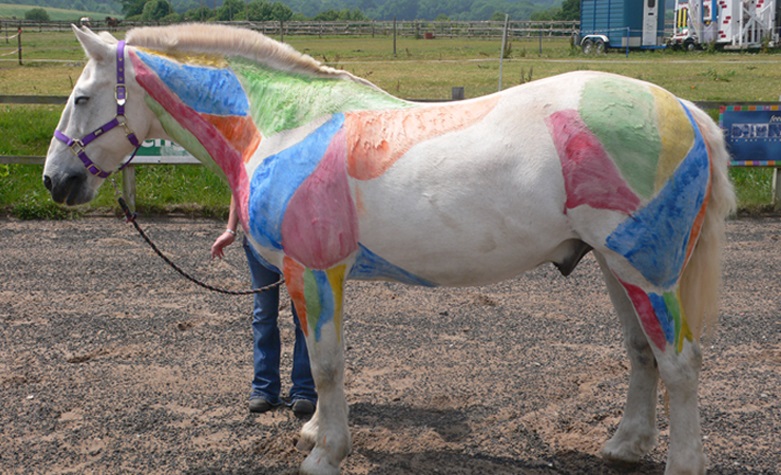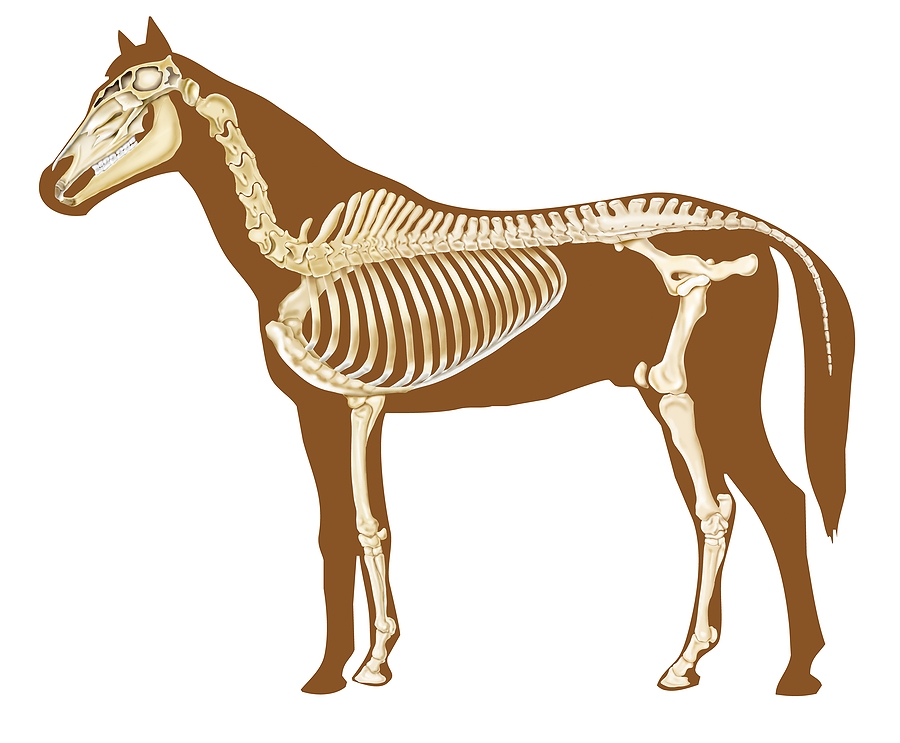What is Equine Musculoskeletal Therapy?
Equine Musculoskeletal Therapy is the treatment of both the muscles and the joints. Laura uses her core qualificiations in Equine Sports Massage and Equine Musculoskeletal Manipulation to achieve this, along with her multiple CPDs.
Equine Sports Massage Therapy is the manipulation of the soft tissues of the body which includes muscles, tendons, ligaments and fascia. It is an ancient complementary therapy first documented in around 2,700BC by the ancient Chinese.
It follows similar principles to human sports massage because, like people, animals can suffer from muscular pain and discomfort which can inhibit the way they move causing them to use their body incorrectly to compensate which can create ridden problems. Athough referred to as ‘sports’ massage, it is beneficial to all horses and ponies from the happy hacker right through to the high level competition horse.
Using her hands, Laura can feel for any muscle swellings, tightness, spasms, trigger points and uneven muscle tone across your horse’s body. Using a combination of different massage techniques, trigger point release and myofascial release, Laura can work to relieve the areas that are causing your horse discomfort or preventing them from moving at their best.

More than 60% of the horse's body weight is muscle. There are two layers of muscle in the equine body; superficial (pictured) and deep.
A muscular problem can be summed up as inflexibility of the muscle. When a horse is suffering from pain or discomfort the body protects the site that is hurting. Injured muscle fibres will shorten to heal and protect itself replacing muscle tissue with scar tissue which is often thicker and more fibrous causing the muscle and fascia to lose flexibility, suppleness and length. This can result in the strained muscle going into spasm and if gone untreated, tightening of the whole muscle. This in turn blocks the kinetic chain and the flow of the horse’s body. This is when you may notice ridden and behavioural changes in your horse. A tight injured muscle often leads to the horse compensating with other muscles putting added strain other parts of the body which is why Laura treats the whole horse.
Equine Musculoskeletal Manipulation Therapy combines massage with ICAT joint manipulation techniques incorporating McTimoney Corley techniques to gently mobilise and manipulate any joints, including vertebrae, which have become restricetd. This can help relieve tension and discomfort in the body and promote flexibility of the spine.
Vertebrae, from the base of the head all the way to the tip of the tail, that have become restricted in their movement can cause your horse to become asymmetrical and unbalanced and can contribute to a series of ridden issues. It is very common for verebrae to be restricted.

The skeletal structure of a horse